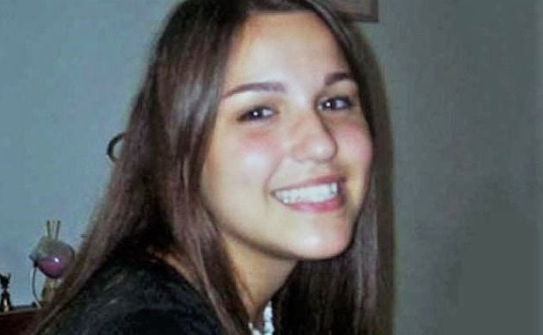Jasmine Richardson: A Glimpse Into a Notorious Case

When the name Jasmine Richardson comes up, it evokes a mixture of shock, curiosity, and disbelief. The case involving Richardson, one of the youngest convicted killers in Canada, has been the subject of numerous articles, documentaries, and discussions. This article seeks to provide an unbiased and comprehensive biography of Jasmine Richardson, detailing her life, the infamous crime, and its aftermath.
Also Read:- Clay Calloway Unmasked: Fact or Fiction?
Early Life: Who Is Jasmine Richardson?
Jasmine Richardson was an ordinary Canadian girl who grew up in Medicine Hat, Alberta. She was described as a typical teenager, interested in music, friends, and social activities. However, beneath this facade of normalcy lurked a series of events that would soon catapult her into the national spotlight.
The Crime That Shocked a Nation
In April 2006, the quiet town of Medicine Hat was rocked by a gruesome discovery. Three members of the Richardson family — the parents and a younger brother — were found dead in their home. The crime scene was described as one of the most disturbing ever encountered by law enforcement.
The subsequent investigation led to a shocking revelation: the prime suspects were 12-year-old Jasmine Richardson and her 23-year-old boyfriend, Jeremy Steinke. It was reported that the young couple had plotted and executed the murders because the Richardson family disapproved of their relationship, mainly due to the vast age gap.
The Trials and Convictions
Jasmine’s trial revealed a dark online world where she and Steinke conversed. They often talked about vampires and werewolves, and it was in these forums and chat rooms that their plan to eliminate Jasmine’s family was reportedly hatched.
In 2007, Jasmine Richardson was found guilty of three counts of first-degree murder. Due to her age at the time of the crime, she was tried under Canada’s Youth Criminal Justice Act. She received a ten-year sentence, which is the maximum penalty for someone her age. This included time in a psychiatric facility and a conditional community supervision.
Steinke, tried as an adult, was found guilty and sentenced to three concurrent life sentences in prison, with the possibility of parole after serving 25 years.
Aftermath and Rehabilitation
Jasmine Richardson’s case posed several challenges for the Canadian justice system, primarily due to her age. Throughout her incarceration, there were numerous discussions about her rehabilitation and whether she posed a risk to society.
Reports suggest that she underwent intensive rehabilitation and showed signs of remorse and understanding of the gravity of her actions. Her behavior in the correctional system was reported as commendable.
Release and A New Beginning
In 2016, Jasmine, now an adult, was released from the correctional system. The court felt she had shown genuine remorse and had been successfully rehabilitated. Her identity was protected, giving her a chance at a fresh start. This decision was based on the belief in the possibility of reform, especially for individuals who commit crimes at such a young age.
Conclusion: A Case That Invokes Reflection
The Jasmine Richardson case serves as a profound lesson on many fronts. It highlights the dangers of unchecked internet usage by young impressionable minds, the perils of predatory relationships, and the importance of parental supervision. At the same time, it also forces society to grapple with the idea of redemption and the capacity for change.
While the events of April 2006 will forever remain a dark chapter in Canadian crime history, Jasmine Richardson’s story serves as a reminder of the complexities of human behavior and the ever-evolving debates on justice, punishment, and rehabilitation.








